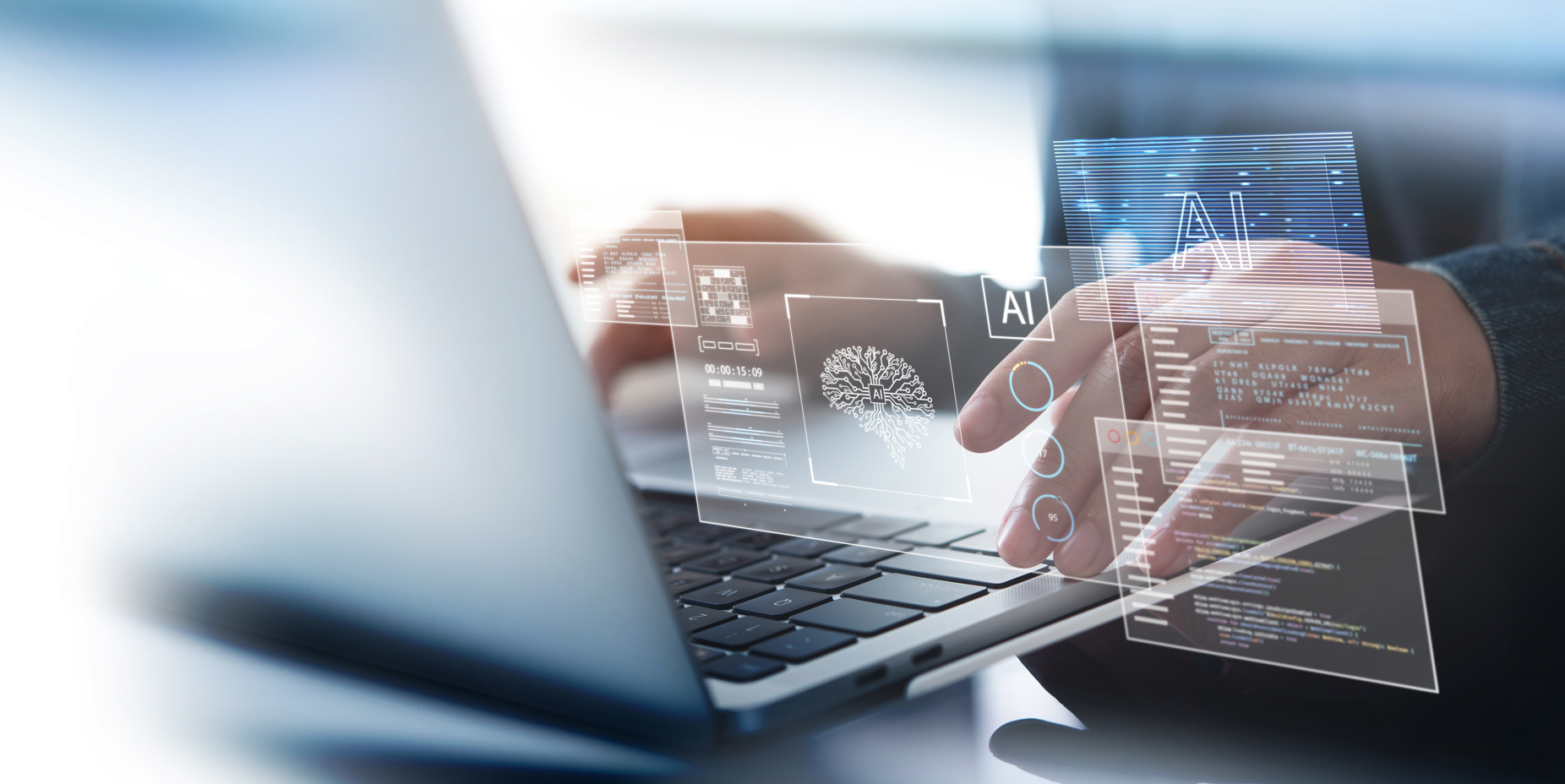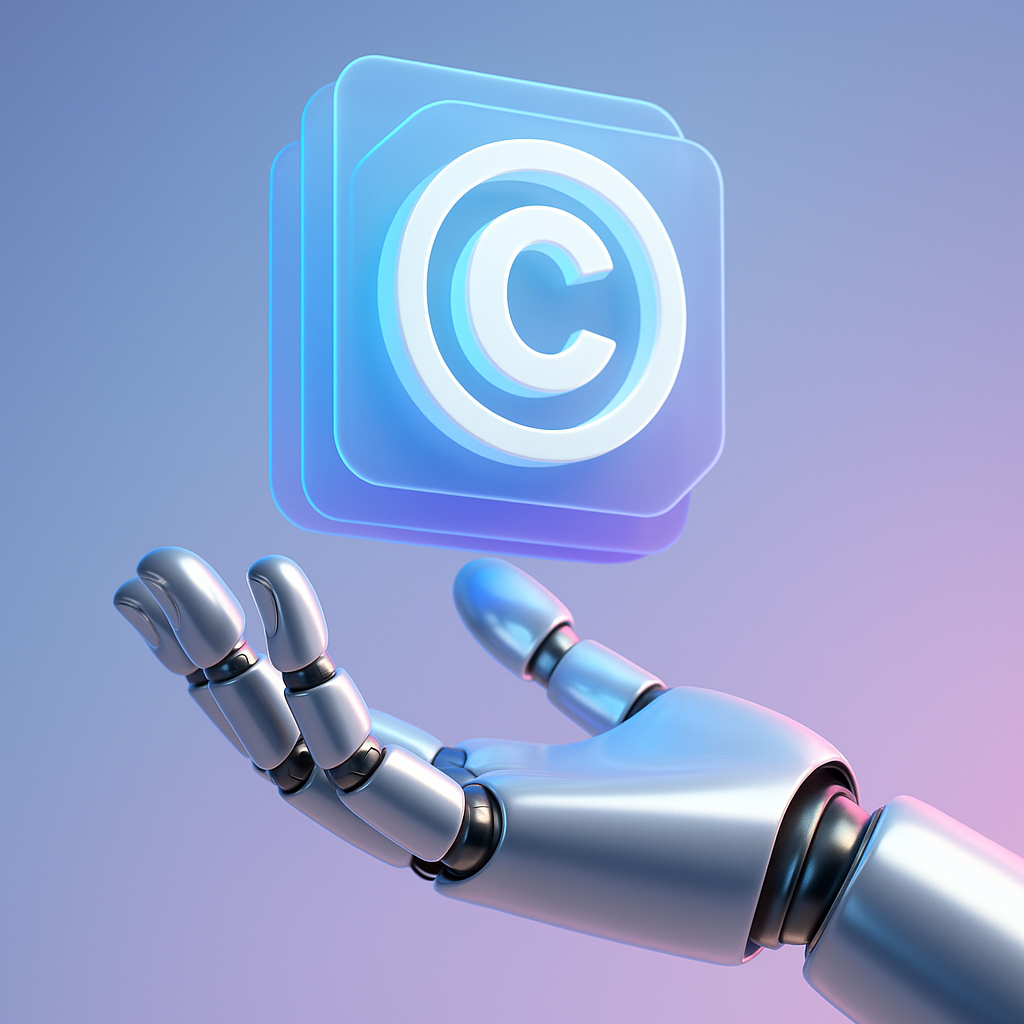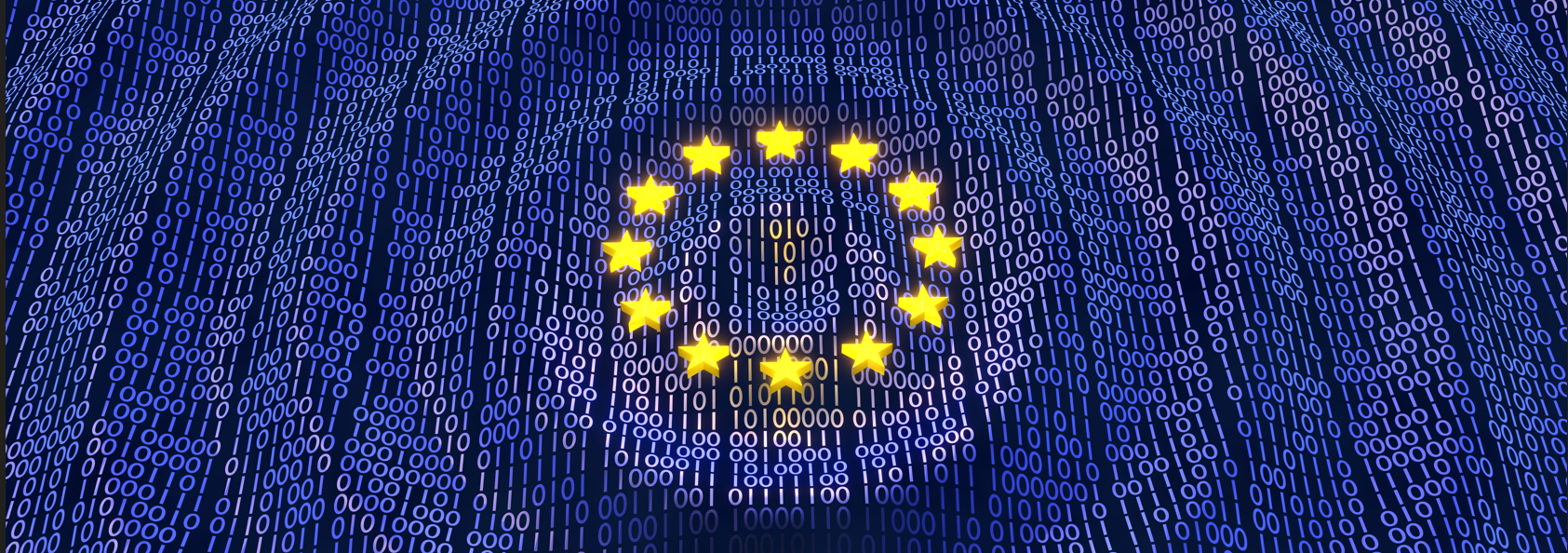As generative artificial intelligence (GenAI) gains ground across numerous sectors, a recent EUIPO study—“The Development of Generative Artificial Intelligence from the Perspective of Copyright,” conducted in collaboration with the European Commission—examines its implications for copyright law.

GenAI: A Technology at Odds with Copyright
Generative artificial intelligence systems rely on models trained on enormous volumes of data—often gathered through web scraping—to produce text, images, music, or code. These datasets frequently include protected works. This reality raises a central question: to what extent is it lawful to use copyrighted content to train an AI?
To address this, the European Union has introduced legal adjustments within the framework of the Copyright in the Digital Single Market (CDSM) Directive. The directive permits Text and Data Mining (TDM) under specific conditions and allows rights holders to object through explicit, machine-readable opt-outs.
Transparency, Rights Reservations: Approaches Under Consideration
The European Regulation on Artificial Intelligence (AI Act) goes further: it requires developers of general-purpose AI models to publish summaries of the training data used and to ensure the traceability of generated content, which must be automatically detectable.
Several legal and technical mechanisms for rights reservation are under consideration, including:
- the use of websites,
- TDM protocols,
- certification initiatives such as C2PA.
However, no solution currently holds binding legal force.
Accordingly, the report recommends establishing standardized tools and encouraging active government involvement to centralize TDM reservations and support both rights holders and relevant tool development.
Toward a New Economic Model for Creators
Faced with these challenges, new opportunities are emerging—particularly in the field of direct licensing. Experiments are underway in the press and scientific publishing sectors. Yet these initiatives depend on effective and reliable rights-reservation mechanisms as well as clearer legal visibility for involved stakeholders.
The variety of approaches and the advent of technologies like Real-time Augmented Generation (RAG)—which blend generated content with external sources in real time—add additional layers of complexity.

What Is Europe’s Strategy for 2025?
According to the EUIPO study, the clear ambition is to launch, by the end of 2025, a European Copyright Knowledge Center. Its objectives will be to:
- provide creators with practical tools to manage their rights in the face of AI;
- promote transparency and traceability of generated content;
- support the conclusion of suitable licensing agreements;
- reflect on possible protection for AI-generated works.

Conclusion
Hence, the European Union is taking a proactive stance to adapt copyright law to the challenges posed by generative artificial intelligence—striking a delicate balance between technological innovation and creators’ protection.
A complex but essential endeavor to ensure the sustainability of the cultural industries in the AI era.
Mai 2025
